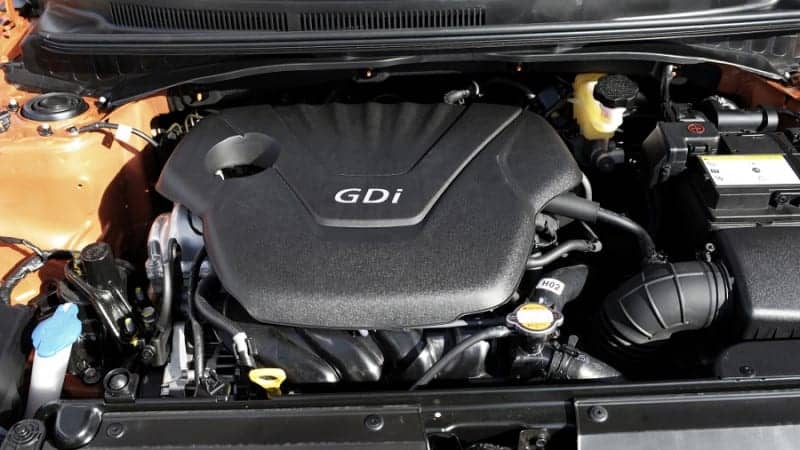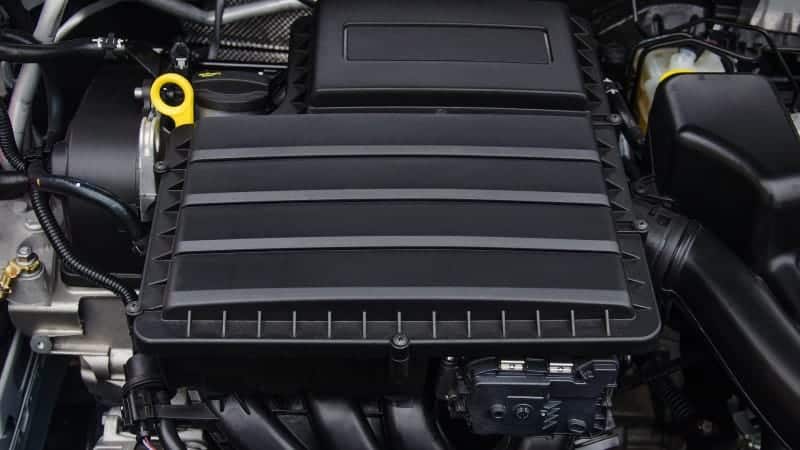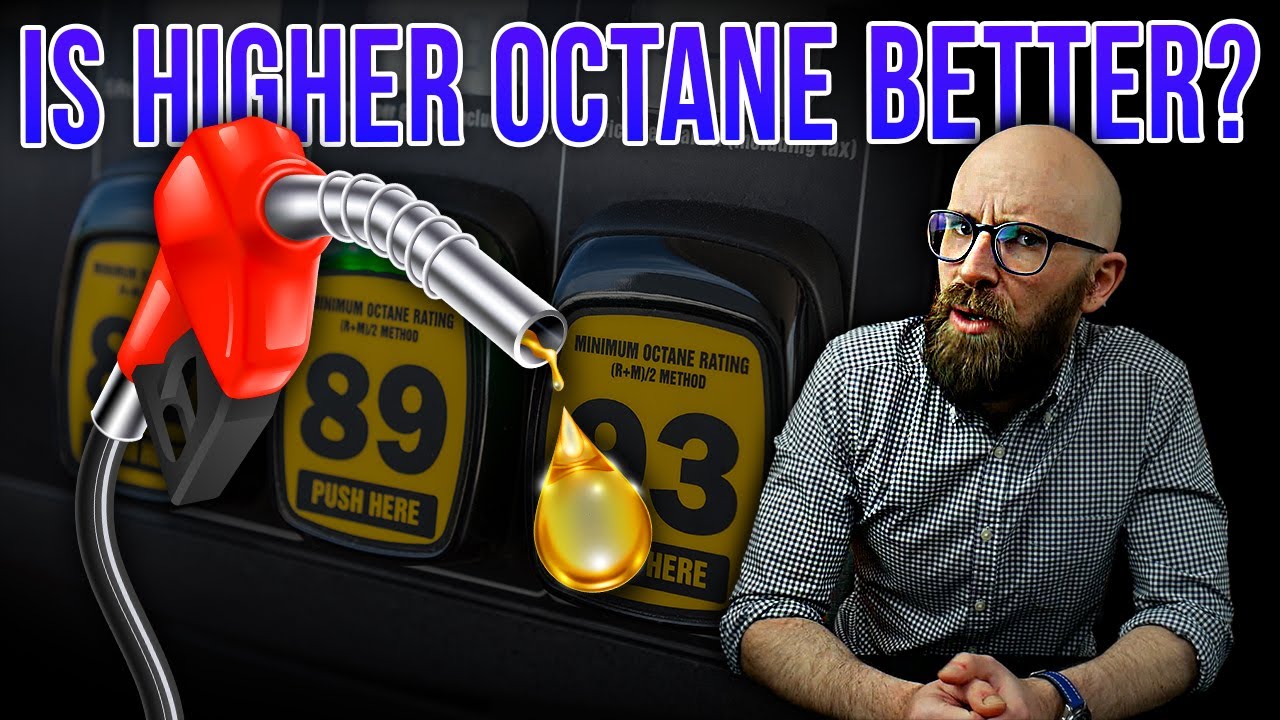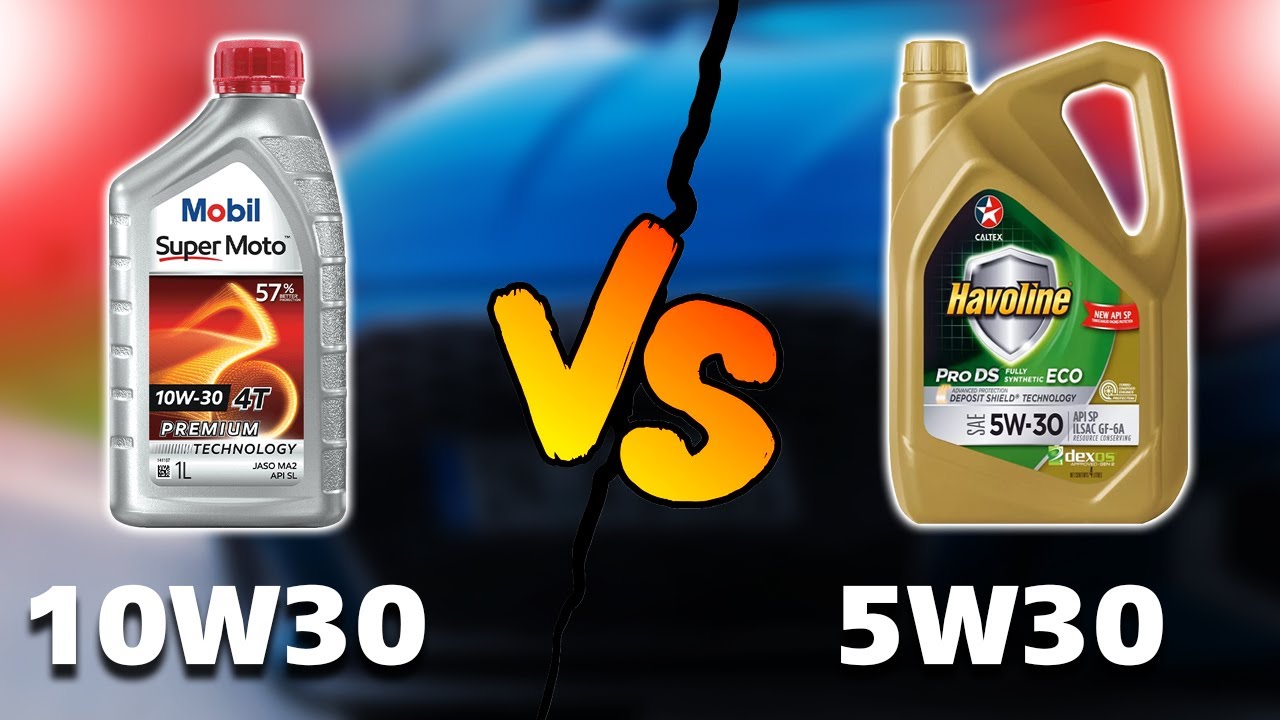Gasoline Direct Injection, or GDI, has been widely used by many manufacturers for quite some time. Vehicle owners must familiarize themselves with this technology. Multiple fuel injection engines, such as the Kia GDI engine, are now standard in automobile production. These engines aim to increase fuel economy, boost engine performance, decrease pollutants, and improve gas mileage.
What is GDI and how does it work?

An innovative fuel delivery technique developed for gasoline internal combustion engines, GDI stands for Gasoline Direct Injection. The gas mixture is driven right into your engine’s combustion chambers by this modern system’s high-pressure rail accumulator assembly.
While conventional fuel injection engines have difficulty delivering the correct air/fuel combination, the Gasoline Direct Injection system makes it easy. This setup allows for more variable engine timing, greater power input levels, and better fuel economy. Because of these features, GDI vehicles are versatile, inexpensive, and efficient in all kinds of driving situations.
In a GDI engine, all of the injector jets and nozzles are connected to the common rail, which is a distribution manifold where fuel is pumped. This makes it different from other injection systems, such as single-point and multi-point systems. The common rail is used as an accumulator to maintain a constant pressure on the fuel that is ready to be injected, and it is powered by high pressure fuel. Fuel is able to enter the combustion chamber as soon as the system gets the signal, which causes the injector valve to open.
The engine control unit (ECU) of the vehicle allows for the regulation of either conventional or piezoelectric injector valves. An internal combustion engine’s actuators are controlled by the ECU, which ensures efficient engine performance. Engine Control Module is another name for it. With these settings, the GDI can precisely blend fuel and air for all kinds of road conditions. On top of that, they contribute to better engine performance and gas mileage.
You can get stoichiometric, ultra-lean, and full power air-fuel mixes via the GDI system. Each of these shapes is best suited to a certain range of road conditions. Additionally, the system is compatible with intake manifold systems, variable valve timing, and other relevant engine technologies.
How to Fix GDI problems
In order to fix GDI issues easily, specialists have used a variety of ways. If you own a BMW, the manufacturer suggests using ethanol-free gas or gas with detergents. Liquid moly dejection additive 2 and similar fuel system cleaners are quite effective in addressing GDI issues, hence we recommend them to vehicle owners.
There are items on the market that promise to clean and prevent dirt accumulation on your intake port caused by GDI difficulties; nevertheless, you should exercise caution while using these products. Assuring you acquire the correct one is important because most of these products are fake and have no effectiveness.
In response to GDI problems, several manufacturers have updated their engine systems with a function that sprays a little amount of fuel onto the valves to keep them clean. You shouldn’t be too concerned if your GDI engine follows this design. Always follow the manufacturer-recommended maintenance schedule for your vehicle.
Maintaining your GDI engine on a regular basis will keep it running smoothly and lessen the likelihood that you will have to deal with these issues.

Conclusion
We hope you found this information useful; it covers all the bases when it comes to GDI systems. Nonetheless, feel free to reach out to us at any time for further explanation regarding gasoline Direct Injection (GDI) systems or if you have any questions regarding the meaning of “GDI” on an automobile.





